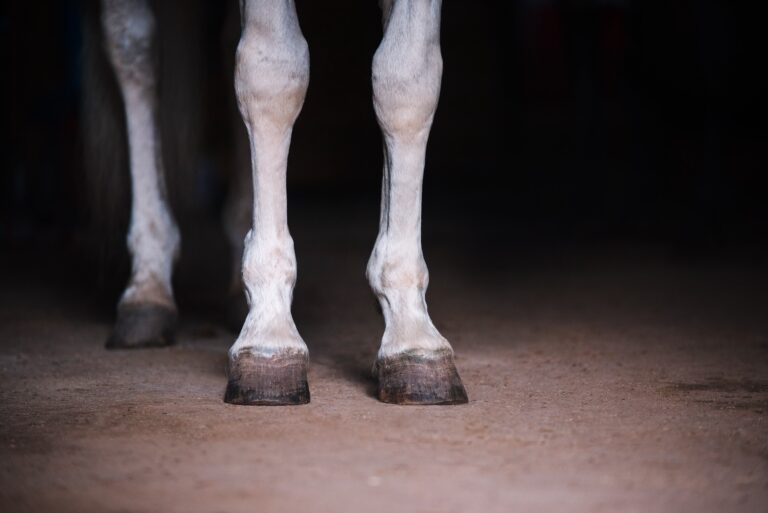
Being able to identify risk factors for a disease process can help horse owners and veterinarians formulate mitigation strategies. Equine asthma is a common condition in horses, in part due to environmental assaults on the respiratory tract. Compromise of the respiratory tract is costly for horse welfare and for performance.
You can click on the player below to listen to EquiManagement Editor Kimberly S. Brown reading this article. This audio recording is brought to you by Boehringer Ingelheim Animal Health, makers of Aservo EquiHaler.
A retrospective study at Texas A&M University looked at a variety of potential risk factors in equine asthma patients to see if anything in particular is noteworthy [Thomas, S.J.; Navas de Solis, C.; Coleman, M.C. Case-Control Study of Risk Factors for Equine Asthma in Texas, Journal of Equine Veterinary Science 2021; doi: https://doi.org/10.1016/j.jevs.2021.103644].
Cases with respiratory disease, and two groups of controls—age-matched and temporal with no respiratory issues—consisted of 37 individuals in each group. (A temporal control was older than a year and presented to the hospital within 72 hours for reasons other than respiratory illness either current or past. An age-matched control was admitted within two years of the incident that brought the horse to the hospital but was also free of any current or past respiratory disease while equivocal to the age of a respiratory horse case.) Horses were admitted to Texas A&M Veterinary medical Teaching Hospital from January 2014 to December 2018.
Case horses in the study were documented with at least two conditions of less than six months duration: exercise intolerance, coughing, respiratory rate ≥24 breaths per minute, increased respiratory effort at rest or nasal discharge. Cytology of respiratory secretions from bronchoalveolar lavage fluid supported a diagnosis of equine asthma.
Data examined in the study included signalment, use/activity level, dietary management, stable management, previous history of diagnosis and/or clinical signs of metabolic disease, and complete physical exam findings.
An overweight body condition was found to have a significant association with development of equine asthma compared to horses in a healthy body condition. Interestingly, human asthma is found to have an association with obesity: “Asthma in these patients is thought to be due to physical change in the mechanics of breathing, metabolic dysfunction leading to inflammation, or both,” according to the research.
Gender and age did not have a direct correlation.
Environmental and stabling factors, while critical to respiratory health, were not provided in sufficient detail to the medical history in the study so were not found to be as significant as body condition.
In summary, the authors conclude that development of asthma in horses is possibly linked to obesity.









